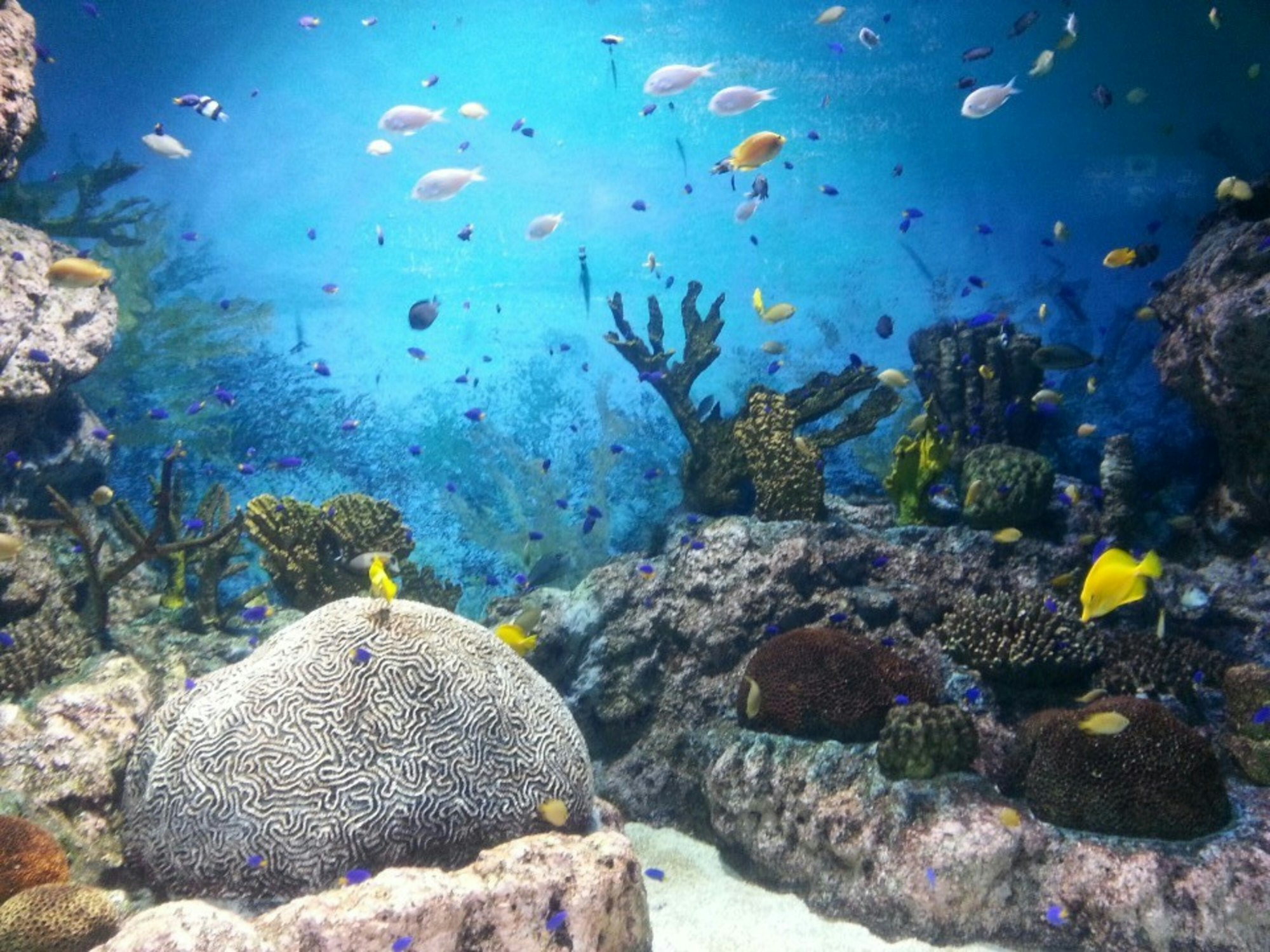Community Building Lessons from Nature
Building community is about leaning into our natural human instincts towards connection. What can we learn from the natural world?
Building community is about leaning into our natural human instincts towards connection.
As a species, we’ve put some distance between those instincts and our behavior by the incredible amount of technological change we’ve introduced to our environment, especially within the last couple hundred years.
When building community, that often means we’re trying to reinvent the wheel instead of just leaning into what has literally always worked.
Observing how nature approaches connection is a great way to re-learn principles that are true whether or not us humans build them into our community structures.
Below are 5 that I’ve been studying and finding ways to incorporate into my work.
Collective Intelligence
Biodiversity
Rituals
Mutualism
Emergence
Under each description and example below, you’ll see some questions to ask in order to find ways to bring that principle into the community you’re building.
1. Collective Intelligence
Collective intelligence is shared wisdom that emerges from the collaboration of many individuals. It is the recognition that the whole is more than a sum of its parts.
Starling murmurations are a beautiful example of a massive collaboration effort for safety, communication and celebration. Each starling responds to the movements of 6-7 nearby birds. So no matter the size of the flock, a decision by one bird affects the direction of the entire group.

Questions to think about for your community:
How can you make more opportunities to share knowledge between members?
What becomes possible when you take a step back from sharing your knowledge?
How are you spreading out power so that each member feels empowered to contribute?
2. Biodiversity
Biodiversity is defined as the diversity of life in a given area. An indicator of ecological health.
Ecosystems like the ocean floor are at their most resilient when they support a large number of species. It multiplies the number of individuals that can survive and thrive.
A group with diverse interests, backgrounds and individual goals is at the best place to help each other and thrive together.

Photo by
/
Questions to think about for your community:
How can you invite more diverse voices into the community?
How can we reframe our affinity so that it’s based on a common journey more than just a common identity?
Who are the member that least feel like they belong? How can we create an environment where they do?
3. Rituals
Rituals are “routines elevated by creativity, driven by intention, and imbued with meaning.”
Elephants observe rituals like grieving and family reunions as a way to process collective experiences like trauma and joy together.
Marking important milestones together helps the herd grow closer.
For example, when a new calf is born the entire herd gathers to greet it.
[youtube https://www.youtube.com/watch?v=ciVsS-oZEPc?start=1&feature=oembed&w=200&h=113]
Questions to think about for your community:
Are there key experiences that repeat in your community?
How can you add more creativity, meaning and intention to milestones within the community?
Are there ways for the community to ritualize member joy and sorrow?
4. Mutualism
An interaction between species where each species has a net benefit.
Hummingbirds are fed by flowers, flowers need hummingbirds to pollinate and reproduce.
Partnerships that are mutually beneficial leave both sides better off. Relationships should meet our own needs and those of the other.

Photo by
on
Questions to think about for your community:
When encouraging 1:1 connections, are you making explicit what the connection might generate?
Are partnerships between members something you celebrate and encourage?
Are there opportunities to cross-pollinate disparate groups within the community?
5. Emergence
The process of complex pattern formation from basic parts.
Tiny termites are able to build huge complex structures with roads and rules, via simple individual actions and a distributed power structure. The termite mounds are examples of what can happen when a group is driven by a clear goal and has the autonomy to act in the group’s best interest.
The result is a structure that couldn’t have been done by any individual but required each individual’s contribution for success.

Photo by
on
Questions to think about for your community:
Are you exhibiting the behaviors you’d like to encourage in your members?
Are there ways you can scale leadership within the community?
What are the experiences, vibes and behaviors you want to encourage as the community grows?
Which of the above principles would be most helpful for you to lean towards in your community? Are there actions you can take this week towards that?
Building community is more about re-learning what our bodies already instinctively know than hacks, trends and tactics. Whatever challenge you’re currently facing, what would nature tell you about how to solve it?

